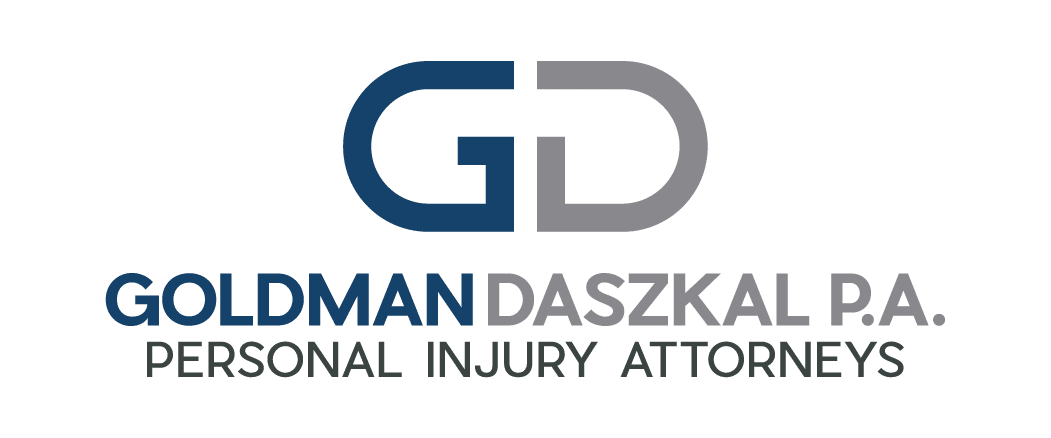August 4 – 9 is National Stop on Red Week, a campaign organized by the National Coalition for Safer Roads (NCSR) to raise awareness about the dangers of running red lights.
According to the National Highway Safety Patrol Administration (NHTSA), over 10,000 people in the United States were killed in crashes related to running red lights between 2004 and 2016. Click here to take the pledge to keep our roads safer by committing to stop running red lights.
According to the NCSR Safety website, nearly 4 million drivers ran red lights in 2017. The deadliest day for running red lights in this study were Fridays, with over 600,000 people running red lights on Fridays.
Which day had the highest number of red-light running violations in 2017?
Memorial Day had the most with over 40,000 red-light violations. Furthermore, 10,664 or over 25% of those red-light violations on Memorial Day in 2017 in the United States, occurred right here in Florida. In fact, Florida ranked second out of 50 states for the largest number of red-light violations in the country on Memorial Day as well as on July 4th and Labor Day, the three days noted in the study summary. The only state with more red-light violations than Florida in the nation was New York.
When it comes to running red lights and driver behavior, did you know that…
- …over 50% of red-light running crashes resulted in pedestrian, bicyclist, and other driver and passenger deaths?[1]
- …studies show that over 40% of drivers admit to driving through a light that had just turned red — even though they could have stopped?[2]
- …over 800 people were killed and 137,000 were injured in red-light running crashes in 2016? [3]
- …auto crashes are the leading cause of death for teens in our country?
- …according to a recent AAA survey, nearly 28% of drivers admit to having run red lights more than once. Moreover, 5% indicated that they frequently or regularly run red lights?[4]
- …yet, according to the same study, over 90% of drivers believe that running a red light is a serious or potentially serious personal safety concern?
- …and, over half of the population surveyed (59%) are in favor of red-light safety cameras that automatically ticket drivers who run red lights?[5]
What are your thoughts on this topic?
We believe that the bottom line is that each and every driver contributes to the safety of our roads. Failing to stop at a red light or stop sign can result in serious injuries and fatalities. But you can help keep yourself, your family, friends, and others in your community safe by taking the pledge and stopping on red.
To learn more about red light safety cameras for your community, follow NCSR on Twitter at https://twitter.com/SaferRoadsUSA or via Facebook at https://www.facebook.com/SaferRoadsUSA
Since 1990, Goldman & Daszkal, P.A. has provided reputable legal representation to people throughout the state of Florida. The firm has helped thousands of individuals recover compensation from motor vehicle and boating accidents, slip and fall accidents, product defect and liability cases, pharmacy errors, and negligent security cases to cover medical expenses, pay bills, take care of their families, and return to work. Goldman & Daszkal, P.A. can help you get the relief you need to start living your life again after a serious injury. For a free and confidential consultation, contact Goldman & Daszkal, P.A., at (954) 428-9333.
[1] Sources: Insurance institute for Highway Safety, AAA Foundation for Traffic Safety, National Highway for Traffic Safety, National Safety Council, Centers for Disease Control and Prevention, U.S. Department of Transportation
[2] Sources: Insurance institute for Highway Safety, AAA Foundation for Traffic Safety, National Highway for Traffic Safety, National Safety Council, Centers for Disease Control and Prevention, U.S. Department of Transportation
[3] Sources: Insurance institute for Highway Safety, AAA Foundation for Traffic Safety, National Highway for Traffic Safety, National Safety Council, Centers for Disease Control and Prevention, U.S. Department of Transportation
[4] http://aaafoundation.org/wp-content/uploads/2018/03/TSCI-2017-Report.pdf
[5] http://aaafoundation.org/wp-content/uploads/2018/03/TSCI-2017-Report.pdf
